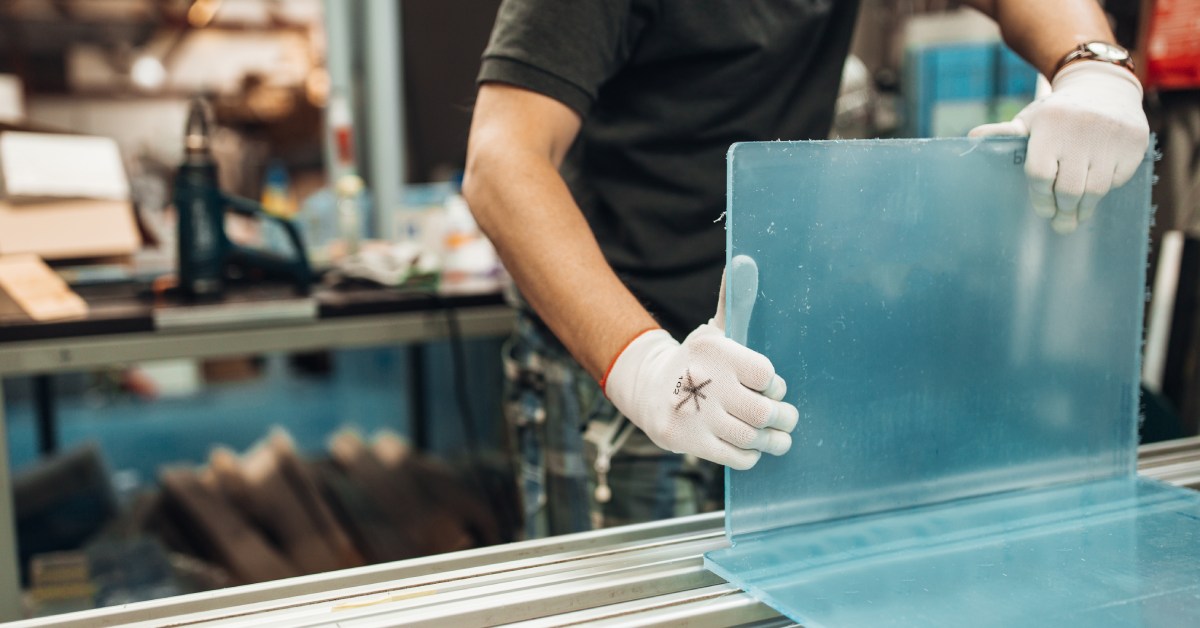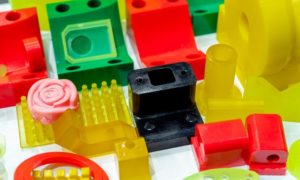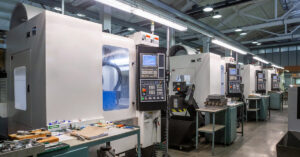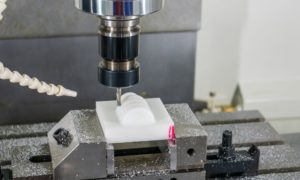Choosing the right manufacturing process can make all the difference in product quality, cost, and efficiency. If you’re grappling with whether to use plastic fabrication or machining, you’re not alone. Find out the key differences, benefits, and drawbacks of each method, making it easier for you to decide which works best for your needs.
What Is Plastic Fabrication?
Plastic fabrication involves molding, cutting, or shaping plastic materials into various forms. This process often uses methods like extrusion, thermoforming, and injection molding.
One of the biggest advantages of plastic fabrication is its flexibility. The intricate designs that manufacturers can achieve with plastic are hard to match with other materials.
What Is Machining?
Machining, on the other hand, refers to the process of removing material from a workpiece to shape it into the desired form. This is usually done using tools like lathes, mills, and drills.
Machining is well-suited for metals, but manufacturers can use it for plastics too. However, this method can be more time-consuming and expensive compared to plastic fabrication. Nonetheless, the unparalleled precision makes it ideal for highly detailed projects.
Cost Considerations
When comparing plastic fabrication vs. machining, cost is a significant factor. Generally, plastic fabrication tends to be more cost-effective, especially for large production runs.
Since the fabrication process can produce multiple parts at once, economies of scale come into play. Machining, with its meticulous material removal, often incurs higher labor and machine costs, especially for intricate designs.
Speed and Efficiency
Speed is another critical consideration. Plastic fabrication usually allows for faster production times. Techniques like injection molding can churn out thousands of identical parts in a short amount of time.
Machining, while precise, often takes longer due to its subtractive nature. Each piece must be individually shaped, which adds to the overall timeline.
Design Flexibility
If your project requires highly complex shapes and designs, plastic fabrication might be the better option. The molding and shaping capabilities of plastic fabrication allow for more creative freedom. Machining, though highly precise, may struggle with extremely intricate designs, especially when dealing with hard materials.
Deciding between plastic fabrication and machining depends on your specific needs. If cost, speed, and design flexibility are your primary concerns, plastic fabrication might be your best bet. When it’s time to plan your next project, let Miller Plastic Products assist you with your plastic part fabrication needs. We pledge customer satisfaction and high-quality standards for all of our work.




